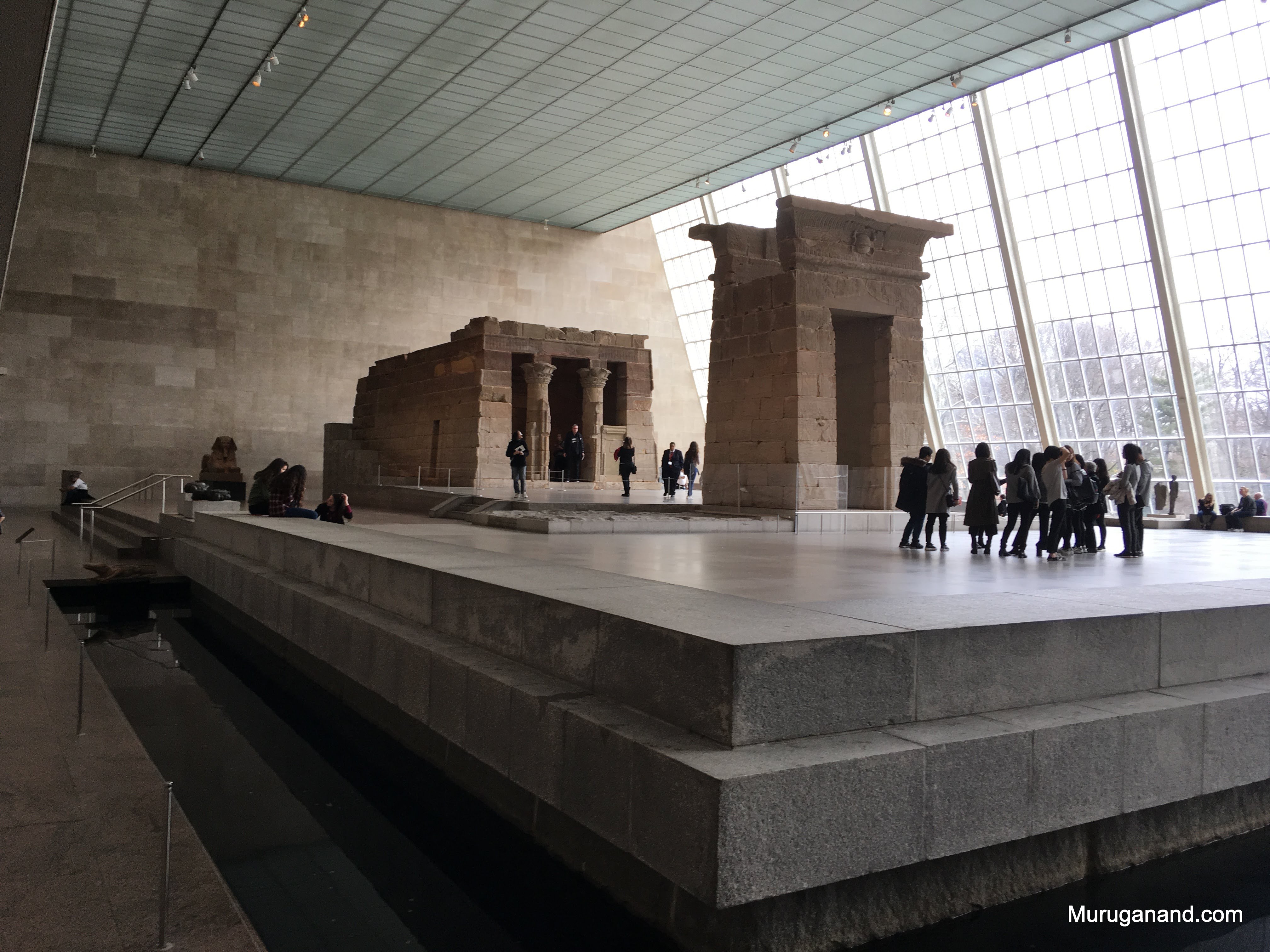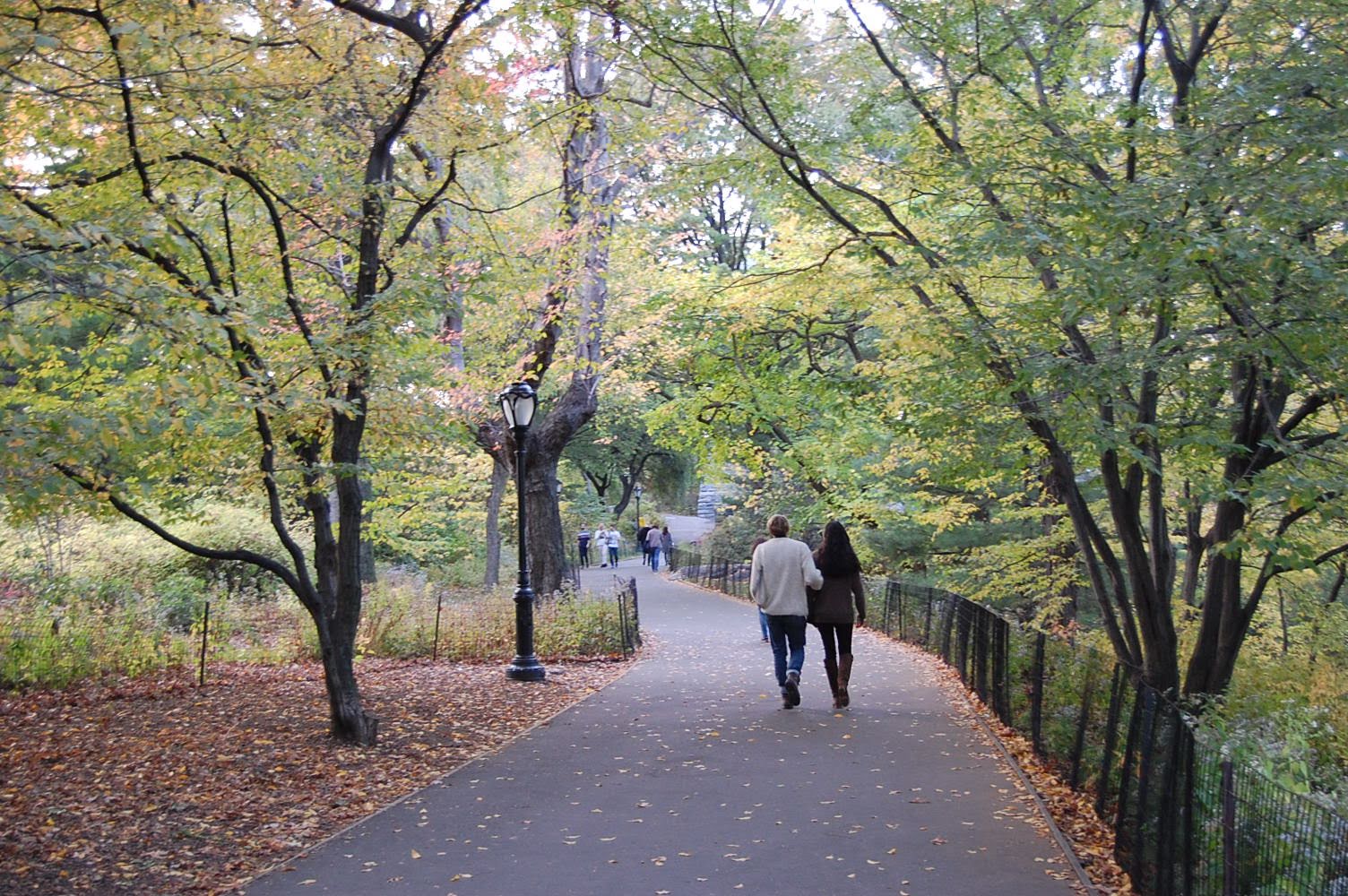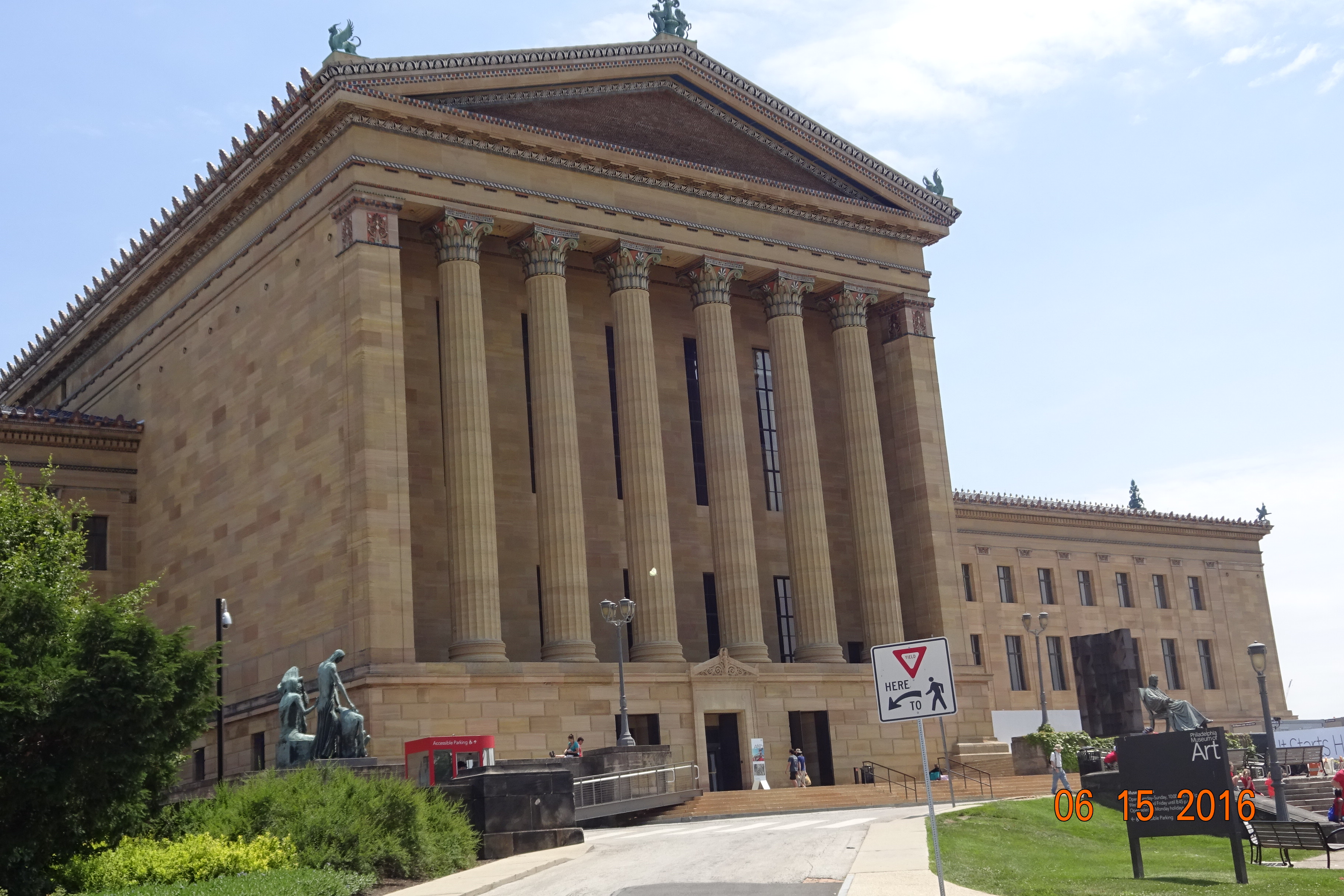
NY-MET I (2018)
Metropolitan Museum of Art (MET) is one of the famous museums in the world. It is located on 1000 Fifth Avenue in Manhattan, NY. It is a National Historic Landmark. Seven million people visited the museum in 2016. The floor space is 2 million sq. ft. There are 17 departments. Wikipedia gives the following list of curatorial departments and the number of art pieces in each department.
1. Egyptian art- 26,000
2 Greek and Roman art- 17,000
3. European sculpture and decorative arts- 50,000
4. Medieval art and the Cloisters- 14,000 (Cloisters is in another location, Fort Tyron Park)
5. Arts of Africa, Oceania, and the Americas- 3000
6. American Wing- 1,700
7. Arms and Armor- 14,000
8. Robert Lehman Collection- 2,600
9. Modern and contemporary art-13,000
10. European paintings- 1,700
11. Ancient Near Eastern art- 7,000 pieces
12. Asian art- 35,000
13. Islamic art- 12,000
14. Photographs- 25,000
15. Drawings and prints- 17,000 and 1.5 million
16. Musical instruments- 5,000
17. Costume Institute- 15,000
First nine departments, all except Cloisters, is predominantly located on the first floor of the museum. Seven other departments are in the second floor. Costume institute is situated in the ground floor. Last weekend I went to MET and this album covers a part of the first floor of the museum. I toured around Egyptian art, Greek and Roman art, European sculpture and Medieval art. Album photos are mine but the descriptions are from MET website. You can refer to the fantastic “MET Collection” website for additional information on 450,000 items.
MET is a national treasure. It is also “the museum of the world, representing five thousand years of visual culture from every corner of the globe”.,



